Things to do in Netherland
Every country has its outstanding and special attractions. Goway has selected its top 12 things to do in the Netherlands (not in any particular order) for you to enjoy on your visit to this destination.
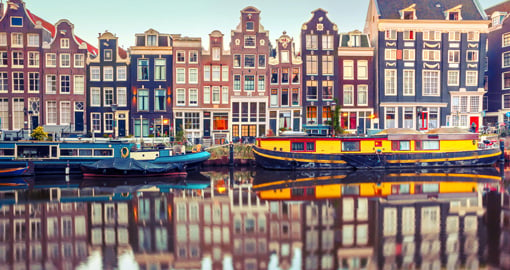
Cruise on the Amsterdam Canals
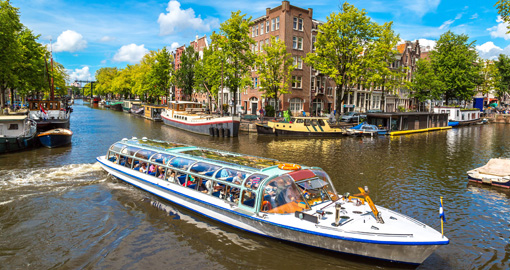
Known as the “Venice of the North”, Amsterdam has over one hundred kilometres/60 miles of canals which flow under 1,500 bridges. To see the city on Amsterdam vacations on foot or on a tour bus is fine but if you take a canal cruise, you will not only see many different sites but also gain a different perspective of this attractive city. There are many different cruises leaving from many points within the city centre. Most cruises have commentaries in at least 2 languages. During the daytime, there are cruises departing on a regular basis. You can also enjoy a dinner cruise in the evening. There are hop-on hop-off cruises allowing you to get on and off at whichever stop appeals to you.
Rijksmuseum
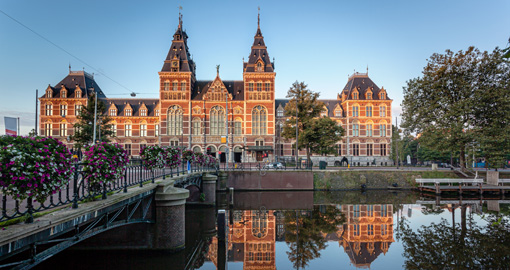
The Rijksmuseum is Amsterdam’s foremost art gallery and the largest and most visited one in the Netherlands. It has around 8,000 exhibits spread over 80 different rooms on display ranging from the 13th to the 20th Century including masterpieces painted by Vermeer, Rembrandt and Van Gogh. There are also exhibitions of Delft blue and white pottery, doll’s houses and Asian art
Van Gogh Museum
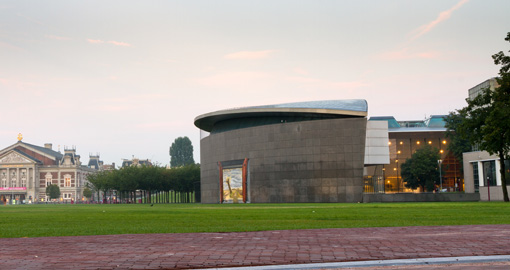
This is a museum which traces Van Gogh's life and development using the world's largest collection of his paintings and drawings. If a Van Gogh fan, the collection shows the changes in his work over time. There are also paintings by his contemporaries, Gauguin, Toulouse-Lautrec, Monet and Bernard. It is the second most visited museum in the Netherlands on Amsterdam vacations.
Anne Frank House
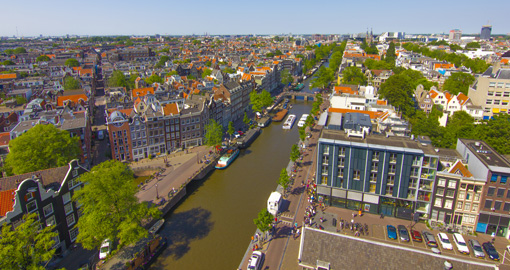
The Anne Frank House is located directly on a canal and was originally a typical 17th Century canal house. A visit here can be a very moving and powerful experience. The building is dedicated to the Jewish wartime young girl who was hidden in this house hiding from Nazi persecution. Her diary was published in 1957 and this museum was opened in 1960. It is a permanent exhibition on the life and times of Anne Frank. It is the Netherlands’ third most visited museum.
Rembrandt’s House
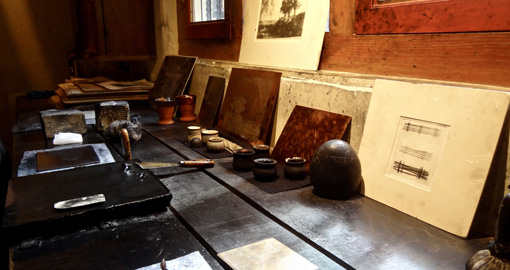
The Netherlands’ greatest artist lived and worked in this building from 1639 to 1656. The house has been meticulously reconstructed with furniture, art and objects from that period. There is a comprehensive collection of Rembrandt etchings and stages inspiring exhibitions about Rembrandt, his predecessors, contemporaries and pupils. In 1656, when Rembrandt declared bankruptcy, all his belongings went on auction.
Note on Amsterdam Museums
In order to avoid the consistently long lineups to enter all of these museums, reserve ahead either in person or online. You will be glad you did.
Vondelpark
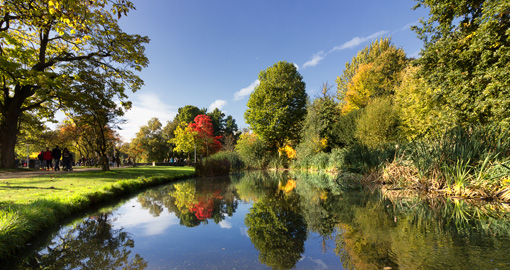
Vondelpark is Amsterdam’s principal and largest park and green lung in the heart of the city. Once a private park for the wealthy until 1953, it is now a park enjoyed by locals and visitors alike on Netherlands vacations. There are pedestrian roads running through it with bicycles and joggers being the only other moving objects. There are large green lawns, ponds, cafes and off-the-beaten-track footpaths. Free concerts take place in the summer. Vondelpark has six play areas and one large playground and the open air-theatre stages free children's shows.
Keukenhof
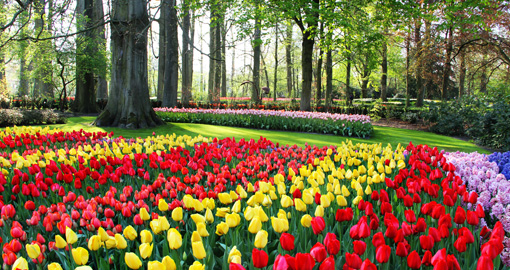
The Keukenhof Gardens are 45 kilometres/28 miles outside Amsterdam. Once used as hunting grounds in the 15th Century, they are a place where you can spend a few hours just walking around them. In the spring, on Netherland tours, you can enjoy a display of millions of spring tulips. The gardens are spread out over 32 hectares/79 acres and are the world’s largest flower garden. Approximately 7 million flower bulbs are planted annually in the park. Other flowers found here include narcissus, daffodils, hyacinths and bluebells. There are greenhouses, shady brooks and ponds. The garden’s location was once used as hunting grounds during the 15th Century. Usually, the gardens open in late March and close at the end of May. During this time, Keukenhof is open daily from 8 am until 7:30 pm including public holidays.
Mauritshuis, The Hague
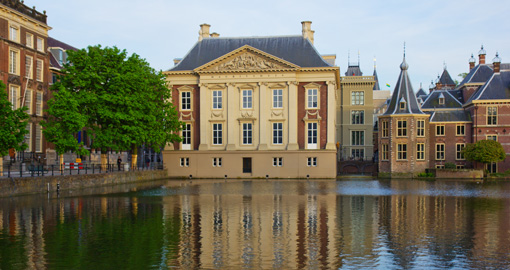
The Mauritshuis is an art museum in The Hague and houses the Royal Cabinet of Paintings which consists of 841 exhibits, mostly Dutch Golden Age paintings. The collection contains works by Vermeer, Rembrandt, Hals, Holbein and others. Originally, the delightful 17th Century building in which the collection is housed was the residence of Count John Maurice of Nassau. One of its best-known works is “The Girl with the Pearl Earring” painting by Vermeer.
Madurodam
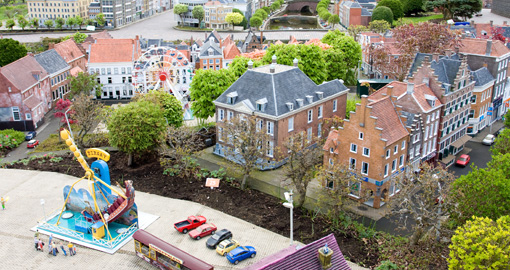
Madurodam is a miniature park just outside The Hague. It is a collection of model replicas of famous Dutch landmarks and historical cities developed to a scale of 1:25. The proceeds derived from the park go towards various charities in the Netherlands. It was named after George Maduro, a Jewish law student who fought during the Second World War as part of the Dutch Resistance and eventually died in the Dachau concentration camp. A computer measures everything and sends all information to a machine that makes the physical model. Everything, including flora and street decoration, is modelled to scale including people around the buildings. Madurodam depicts the real life of the Dutch people. These "residents" also change with the weather. In the winter they wear jackets and warm clothes and in the summer they wear T-shirts. Some of the better-known exhibits include the Rijksmuseum, Amsterdam Airport, the port of Rotterdam, traditional Dutch canal houses, tulip fields and windmills.
Panorama Mesdag
Panorama Mesdag, in the suburbs of The Hague, is an unusual but special attraction on Netherlands vacations. It is a cylindrical panoramic work of art painted by Hendrik Willem Mesdag in 1880. It is more than 14 metres/45 feet high and 120 metres/390 feet around. From an observation gallery in the centre of the room, it creates the illusion that you are on a high sand dune overlooking the sea, beaches and village of Scheveningen in the late 19th Century. A foreground of false terrain around the viewing gallery hides the base of the painting and makes the illusion more convincing.
Rotterdam’s Old and Contemporary Architecture
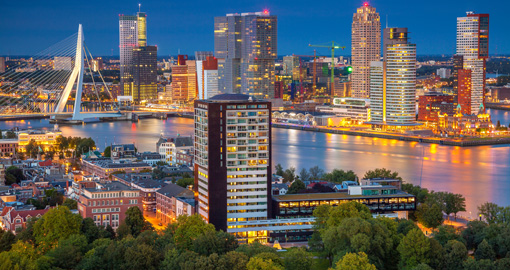
The city centre of Rotterdam was largely destroyed in 1940 and the rebuilding after the war resulted in a mixture of architectural styles. Historic buildings sit side by side with modern skyscrapers built in more recent decades. Historic buildings still standing include the Laurenskerk (Lauren Church), the Schielandshuis (17th Century mansion) and the Stadhuis (City Hall). All this is a complete contrast to modern architecture. Light, air and space were the mottos of the city council. This is reflected in the Lijnbaan (the first pedestrianized shopping street in the Netherlands), the Doelen convention centre and concert hall, the Groothandelsgebouw office building, the Euromast tower and the Bijenkorf department store. Then there are the Cube Houses, a unique block of futuristic apartments. Many other developments are still being constructed.
Delft
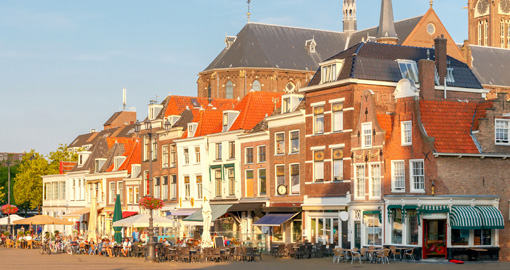
Delft is a quaint historic town noted for its canals, Delft Blue pottery, and the painter Johannes Vermeer who was born here and used Delft’s streets as the subject or background of his paintings. The network of attractive canals is connected by bridges. There are many historical buildings in the centre of this medieval town such as the Old Church and the “New Church”, the City Hall, the Market square, the Vermeer Centre in an old Guild House and the Windmill De Roos, a tower mill built in 1760. Delft is, of course, synonymous with its famous Delftware, the distinctive blue-and-white pottery which was originally duplicated from Chinese porcelain by 17th Century artisans.
Get a Trip Quote Order a Brochure
















